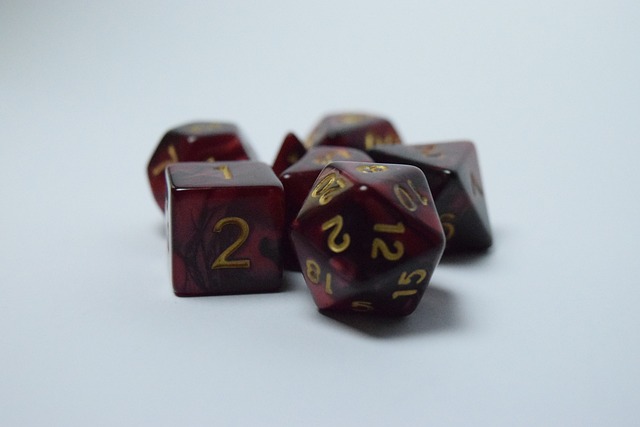5 Challenging Problems and Their Solutions
Combinatorics, a branch of mathematics dealing with counting and arranging objects or events, offers intriguing problems that require creative thinking and careful analysis to solve. In this article, we’ll explore five combinatorics problems and provide detailed solutions for each, helping you understand the thought process behind finding these solutions.
Problem 1: Counting Binary Sequences
Problem Statement: How many binary sequences of length n (consisting of 0s and 1s) contain exactly three 1s?
Solution:
To solve this problem, we can apply combinatorial techniques. We have n positions in the sequence, and we need to choose three of them to place the 1s while the rest are filled with 0s.
Solution Steps:
- Calculate the number of ways to choose 3 positions out of n. This is represented as “n choose 3” and can be calculated using the binomial coefficient formula: C(n, 3) = n! / [3!(n – 3)!].
- Each of these 3 positions can be filled with a 1, and the remaining (n – 3) positions with 0s.
Problem 2: Counting Paths on a Grid
Problem Statement: How many ways are there to go from the top-left corner to the bottom-right corner of a 3×4 grid by moving only right and down?
Solution:
This problem can be solved using the concept of combinations and permutations, as it is analogous to arranging a sequence of “right” (R) and “down” (D) movements.
Solution Steps:
- You need to make a total of 3 “down” (D) movements and 4 “right” (R) movements to reach the bottom-right corner.
- Calculate the number of ways to arrange these movements. This is similar to arranging the letters in the word “RDRDRDR,” which can be calculated as 7! / (3! * 4!)
Problem 3: Selecting a Committee
Problem Statement: In a group of 10 people, how many different ways can you select a committee of 4 people?
Solution:
This problem involves choosing a committee from a set of individuals, and we can use combinations to determine the number of ways to do so.
Solution Steps:
- We have 10 people, and we need to choose a committee of 4.
- Use the combination formula to find the number of ways to choose 4 people out of 10: C(10, 4) = 10! / (4! * (10 – 4)!
Problem 4: Arranging Letters in a Word
Problem Statement: How many ways can you arrange the letters in the word “COMBINATION”?
Solution:
This problem deals with arranging letters in a word, which can be solved using the concept of permutations.
Solution Steps:
- The word “COMBINATION” contains 11 letters.
- Calculate the number of ways to arrange these letters, considering that some letters are repeated. This can be calculated as 11! / (2! * 2! * 2!).
- The division by 2! for each of the repeated letters (C, O, and I) accounts for overcounting.
To calculate the number of ways to arrange the letters in the word “COMBINATION” in Python, you can use the math module to calculate permutations while considering repeated letters. Here’s a Python script for solving Problem 4:
python
import math
# Define the word and the letter counts
word = "COMBINATION"
total_letters = len(word)
# Count the frequency of each letter
letter_counts = {}
for letter in word:
if letter in letter_counts:
letter_counts[letter] += 1
else:
letter_counts[letter] = 1
# Calculate the total number of permutations
total_permutations = math.factorial(total_letters)
# Divide by the factorial of each repeated letter's count
for count in letter_counts.values():
total_permutations //= math.factorial(count)
print(f"The number of ways to arrange '{word}' is: {total_permutations}")
This script first counts the frequency of each letter in the word, then calculates the total number of permutations using the formula for permutations with repeated elements. Finally, it divides the total permutations by the factorials of the counts of each repeated letter to account for overcounting. Running this script will give you the answer to Problem 4.
Problem 5: Allocating Distinct Items to Distinct Bins
Problem Statement: How many ways are there to allocate 6 distinct books to 4 distinct bookshelves?
Solution:
This problem involves distributing distinct items to distinct bins, and it can be solved using permutations.
Solution Steps:
- We have 6 distinct books and 4 distinct bookshelves.
- For each book, we have 4 choices of which bookshelf to place it on.
- Multiply the number of choices for each book to find the total number of ways: 4 * 4 * 4 * 4 * 4 * 4 = 4^6
Combinatorics problems offer a fascinating journey into the world of counting, arranging, and selecting possibilities. By understanding the underlying concepts of permutations and combinations, you can tackle a wide range of combinatorial challenges.
These five problems and their solutions demonstrate the versatility and applicability of combinatorics in real-life scenarios, from counting binary sequences to arranging letters in words and selecting committees. As you explore more combinatorics problems, you’ll develop a deeper appreciation for the beauty and power of this branch of mathematics.

Comments are closed.